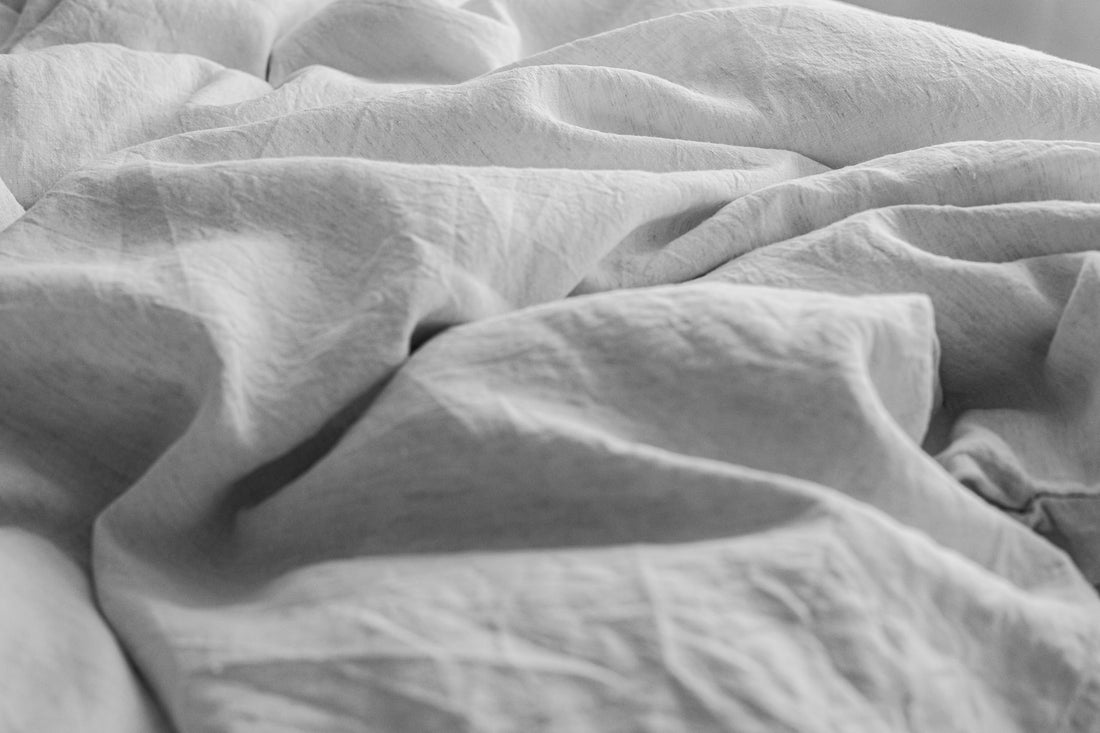Many of us lead busy lives with hectic schedules, leaving us feeling tired and drained. One of the best ways to combat fatigue is through the power of napping. Napping has numerous benefits, including boosting cognitive function, improving memory, and reducing stress levels.
However, not all naps are created equal, and it can be challenging to achieve the maximum benefits of a nap if you're not doing it correctly. In this blog post, we'll explore the science behind napping, the techniques you can use to improve your napping experience, and how to maximize the benefits of your nap.
By the end of this article, you'll have a better understanding of how to nap better and feel reenergised to tackle the rest of your day. So, grab a pillow and let's get started!
Understanding the Science of Sleep
To fully appreciate the benefits of napping, it's essential to understand the science behind sleep. Sleep occurs in different stages, and each stage plays a crucial role in rejuvenating the body and mind.
The first stage of sleep is known as the light sleep stage. This stage lasts for a few minutes, and during this time, you're easily awakened. In the second stage, your body temperature drops, and your breathing and heart rate slow down. This stage lasts for around 20 minutes and accounts for the majority of your sleep time.
The third stage is where your body starts to repair and restore itself. This stage is known as deep sleep and is the most important stage of sleep for physical rejuvenation. The final stage is known as the Rapid Eye Movement (REM) stage, where your brain becomes highly active, and you start to dream. This stage is essential for mental rejuvenation.
Napping can have a significant impact on our sleep patterns. Short naps (20-30 minutes) can help us feel more alert and productive, while longer naps (60-90 minutes) can provide more significant benefits, including improving memory and creativity.
By understanding the different stages of sleep, you can tailor your napping habits to achieve maximum benefits. For instance, if you're looking to boost your physical energy, a longer nap that allows you to enter the deep sleep stage may be more beneficial.
On the other hand, if you're looking to improve your cognitive function, a shorter nap that allows you to enter the light sleep stage may be more effective.
Techniques for Better Napping
Now that we understand the science behind sleep let's dive into some techniques for better napping. Here are four techniques to help you get the most out of your naps:
The Caffeine Nap
Also known as the "coffee nap," this technique involves drinking a cup of coffee just before napping. The caffeine takes around 20 minutes to kick in, allowing you to nap during this time. The caffeine will then wake you up feeling more alert and refreshed.
The Nap-A-Latte
Similar to the caffeine nap, this technique involves drinking a latte just before napping. The warm milk in the latte can help you feel relaxed and fall asleep faster. The caffeine in the coffee will then wake you up feeling reenergised.
The Nap Wheel
This technique involves setting an alarm for 20-30 minutes and lying down to nap. Place a pen and paper next to you and write down any ideas or thoughts that come to mind. When the alarm goes off, review your notes and use them to jumpstart your productivity.
The Sleepyhead Squeeze
This technique involves squeezing a stress ball or a similar object in each hand before napping. The pressure on your hands can help you relax and fall asleep faster.
Experiment with these techniques and find the one that works best for you. Remember to choose the right time of day, create the right environment, and select the right length of nap to get the maximum benefits.
Some Post-Nap Tips
Napping can be an effective way to reenergize and rejuvenate your mind and body. However, there are some things you can do after your nap to help you get the most out of it.
Here are some post-nap tips to help you transition back into your day:
- Easing back into your routine: Don't rush back into your day immediately after waking up from your nap. Take a few minutes to stretch, take some deep breaths, and gradually ease back into your routine.
- Avoiding common mistakes after napping: Avoid the temptation to hit the snooze button or take a nap too close to bedtime. These mistakes can interfere with your sleep schedule and negatively impact your sleep quality.
- Tips for napping on a regular basis: If you're looking to incorporate napping into your daily routine, consider establishing a consistent napping schedule. This can help your body get into a routine and make it easier for you to fall asleep and wake up feeling refreshed.



